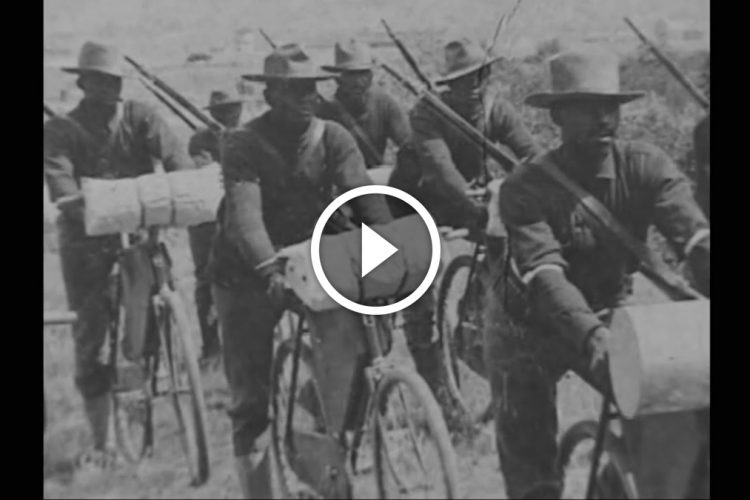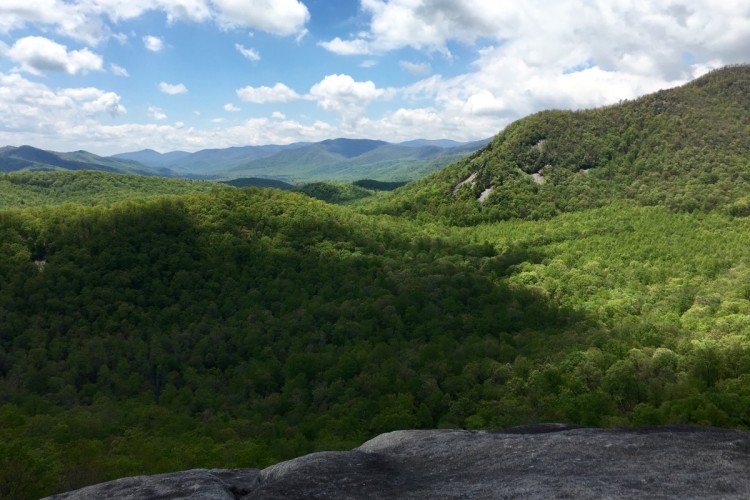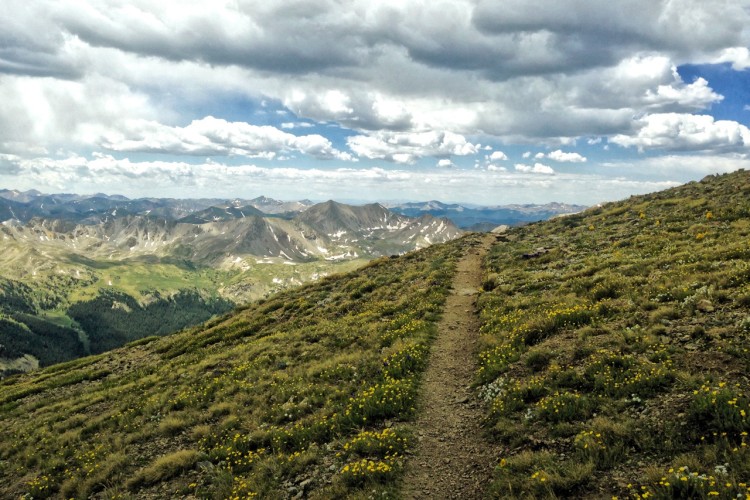
Mountain bikers in Montana have won a very rare and hard-fought, albeit potentially short-lived, major access victory. A year and a half ago, we reported on a lawsuit brought by a collection of user groups, including mountain bikers, snowmobilers, and offroaders arguing that the Bitterroot National Forest had “arbitrarily and capriciously” closed off access to these groups in their latest travel plan. Now, a Montana District court has ruled that the motorized restrictions will remain in place, but has put a hold on the new mountain bike restrictions which were levied in Recommended Wilderness Acres (RWA) and Wilderness Study Areas (WSA) in the Bitterroot National Forest.
[see_also id=’203708′]
Basis of the Decision
The rational behind the decision rests on two primary factors:
- RWAs and WSAs must be managed in such a way as to “preserve their existing wilderness character” as it existed in 1977, the time of the passage of the Montana Wilderness Study Act
- Each user group may not have had adequate opportunity to register and argue objections to the proposed closures
In his ruling, Judge Dana Christensen deferred to the USFS with regard to whether or not the USFS had adequately assessed impacts on “wilderness character,” and whether or not a mountain bike exclusion is required to preserve the wilderness character as it existed in 1977. He accepted the USFS arguments that, given the increase in snowmobile, off road motorized use, and bicycle use in the area since 1977, all must be restricted to preserve the area as it was at that time. In this regard, he treated all these user groups exactly the same.

However, Judge Christensen did respond to an administrative technicality that drove his ruling to restore lost bicycle access: the USFS failed to provide for adequate time for public comment on the final plan. In the Draft Environmental Impact Statement (DEIS) supporting the USFS travel plan, the bicycle exclusion was limited to 47.6 miles of trail. However, the Final Environmental Impact Statement (FEIS) included an additional 62.4 miles of trail for a total of 110 miles of closure. While there was public comment sought after the issuance of the DEIS, it was not after the FEIS. While the court’s ruling did not support the plaintiff’s assertion that the USFS had been “arbitrary and capricious” in closing trails to mountain bikes, it affirmed that the USFS had “abused its discretion by including the extra miles of WSA bicycle use closure without providing public comment.”
Mountain bikers still aren’t out of the woods
The good news is that you can go out and ride what had, for the better part of the last two years, been trails lost to mountain bikers. The bad news is that the court, even in restoring bicycle access has once again deferred to the USFS vision of what does and does not constitute an intrusion on “wilderness character.” The court’s ruling directs the USFS to simply allow for an adequate comment period after which it must either continue allowing mountain biking on those trails, or amend the FEIS to reflect their position that all 110 miles must be closed to mountain bikes to preserve the wilderness character of the area. Given the past history of this USFS region, and the decisions of this district court, it appears this reprieve may be rather temporary
Call to action
Mountain bikers are frustrated with many aspects of this decision. In addition to the continued lumping of low-impact, human-powered mountain biking with high-impact, motorized use, and the courts’ willingness to simply accept a local USFS region’s decision with regard to impact on wilderness character, the fact is the trails in question here see almost no hiking use. They have long been loved, and maintained, by a dedicated, conservation-oriented mountain bike community. The USFS position is that just seeing a mechanical contraption like a bicycle degrades the wilderness experience for hikers, never mind that hikers may be carrying a GPS, listening to an iPod, or carrying an ultralight titanium cookstove that burns fossil fuels. But even if the wilderness character argument were true and backed by rational thought, there simply aren’t any hikers in the area to be disturbed in the first place.
So my recommendation for mountain bikers is twofold. First, get your bike up to Montana and ride these trails! Meet with the locals. Share the joy of their world and the fruits of their labor. Pitch in on a trail work day while you’re there.
Second, talk to the folks at the local USFS ranger station. See a supervisor if you can. Write letters to the editor of every local publication in or near the Bitterroot National Forest. If you can’t make it to Montana, there are still things you can do from the comfort of your own home. And be prepared to share comments and objections when the USFS puts the full closure out for public review. Also, lend whatever support you can to Bitterroot Backcountry Cyclists and Save Montana Trails, who are on the front lines of this important battle.
This is but one skirmish in the continual battle for reasonable backcountry access for bicycles, but it has the potential to be an important one.






















2 Comments
Jul 8, 2018
Jul 6, 2018